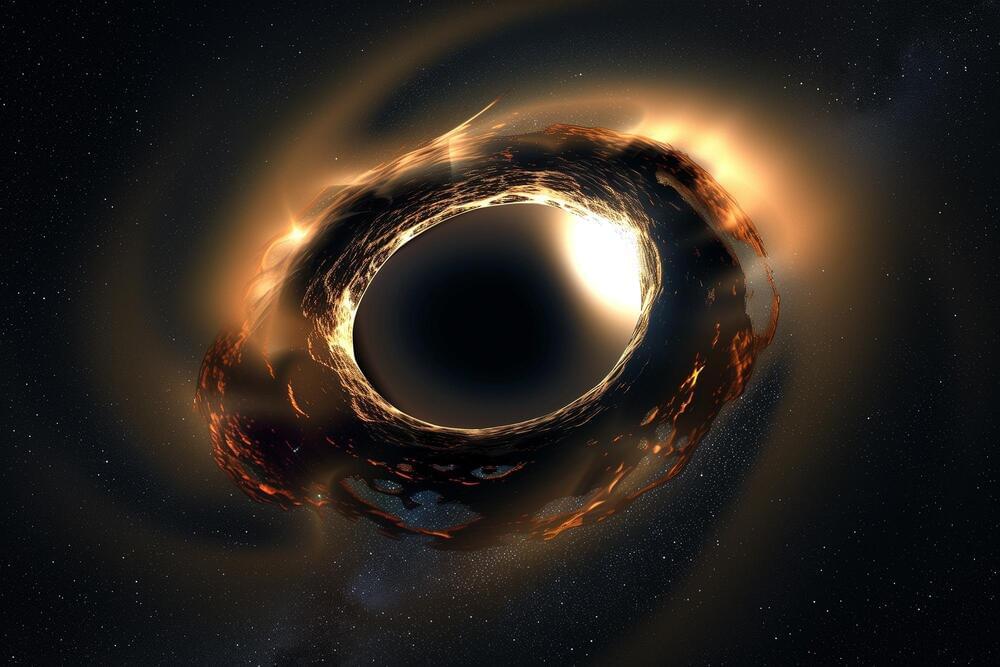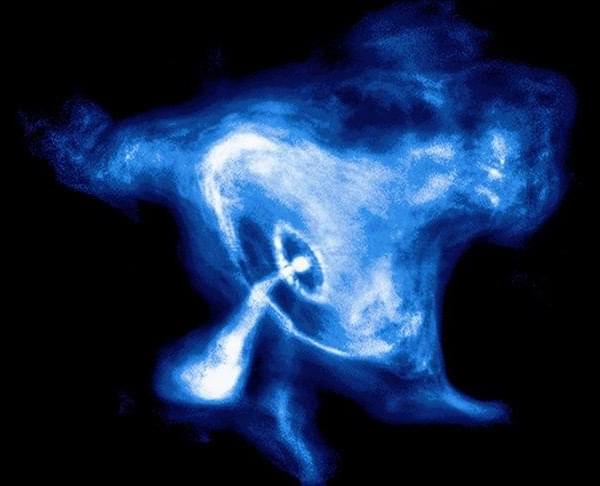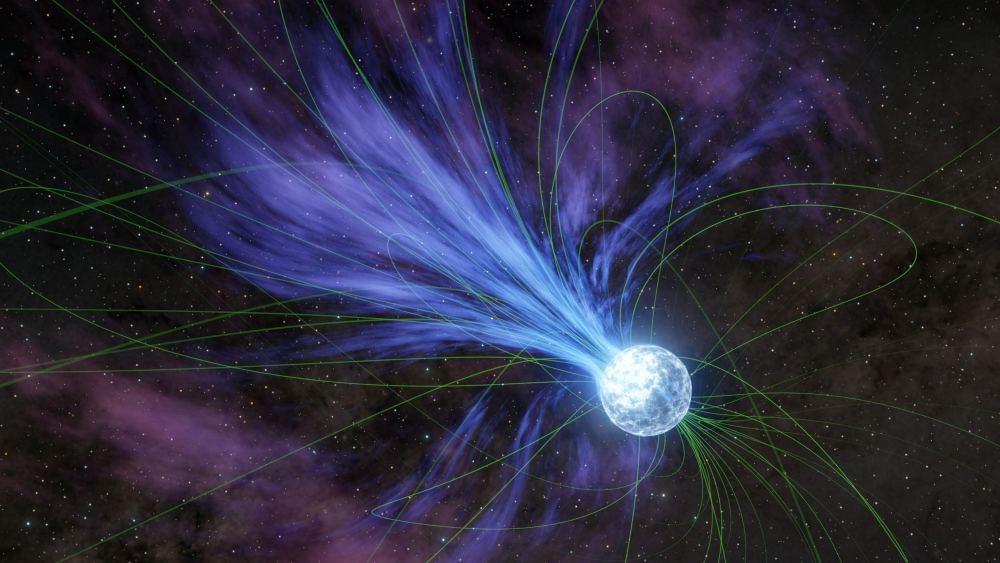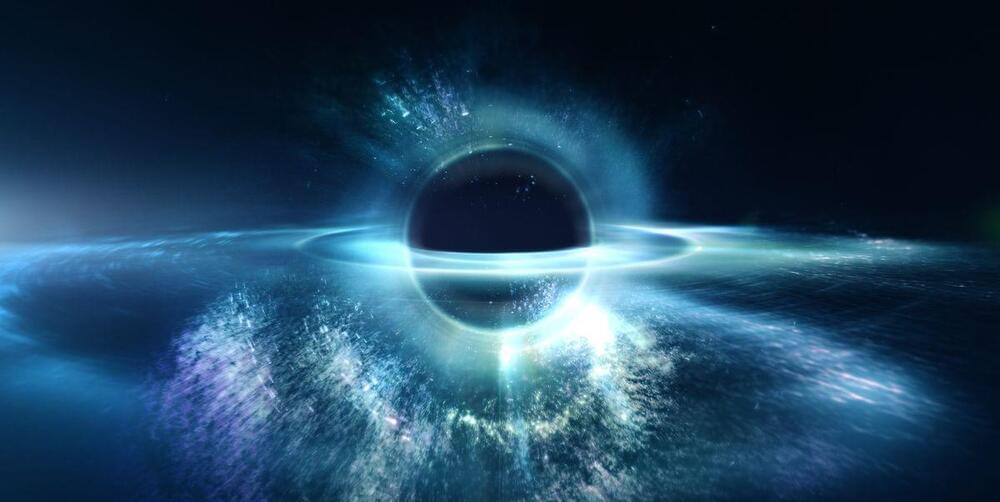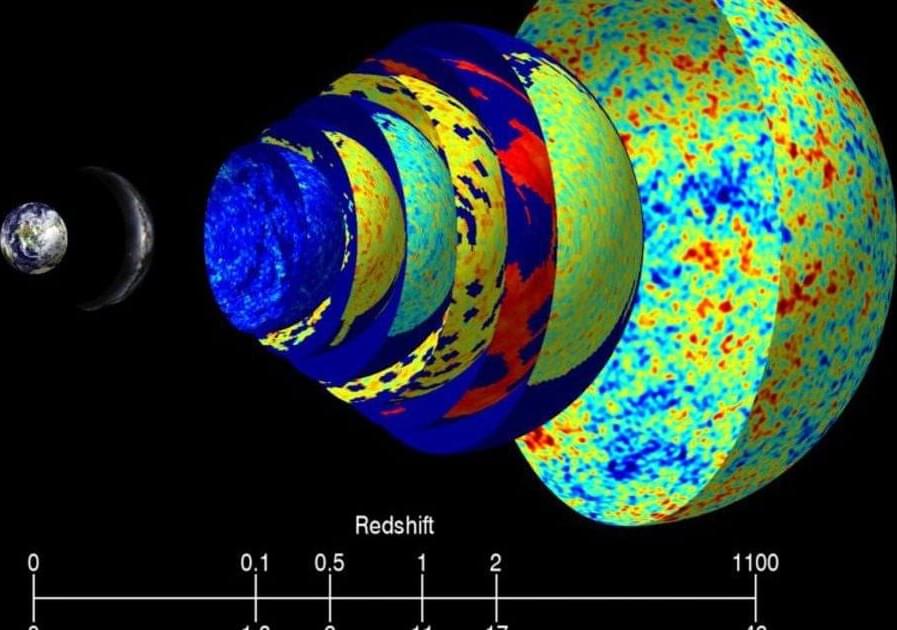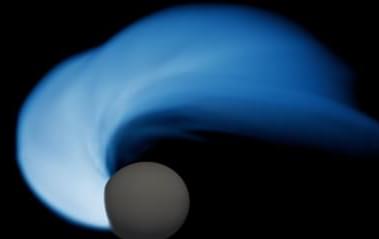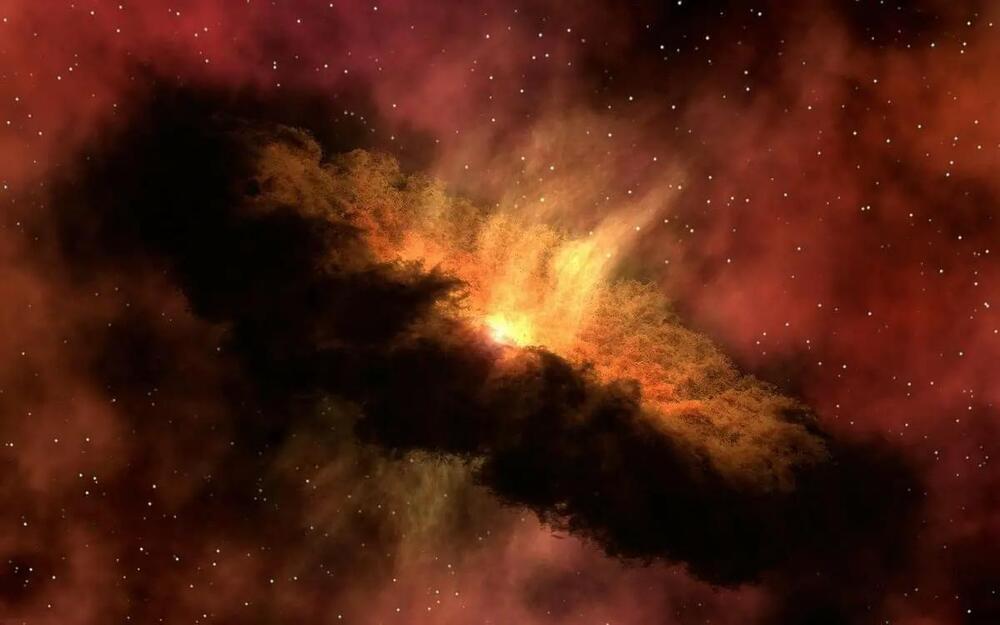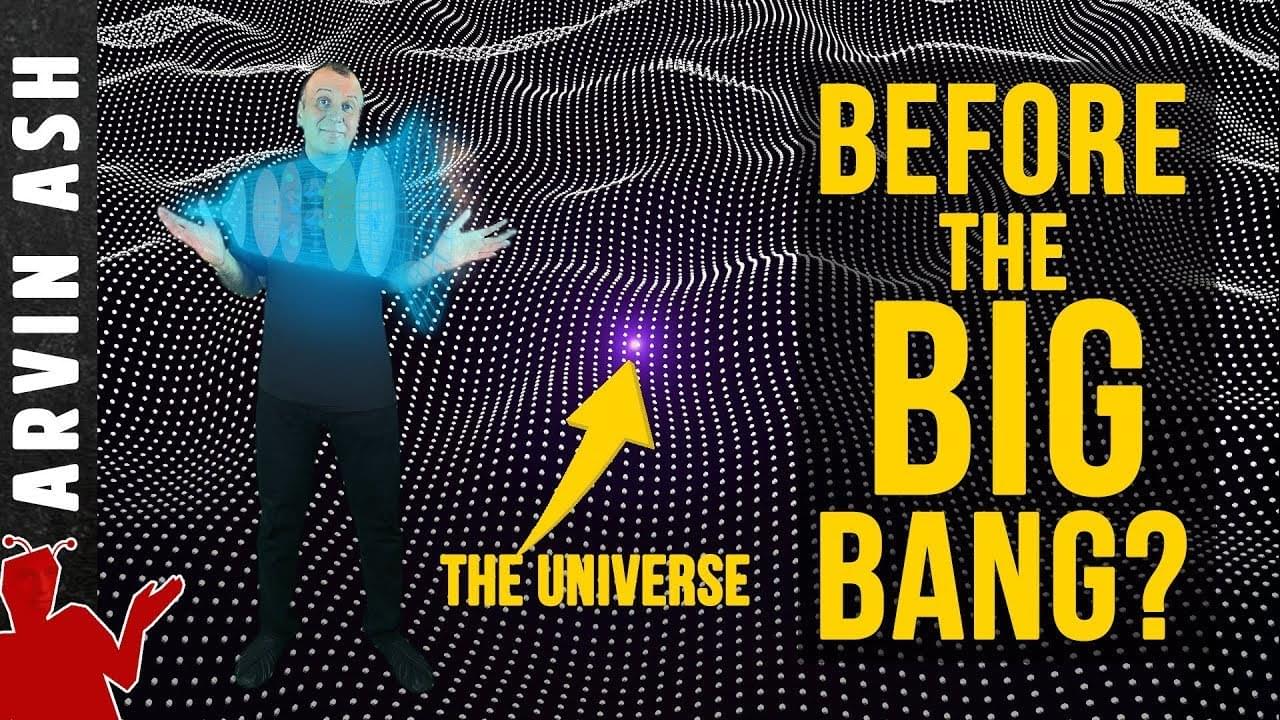Researchers utilizing the European Gaia spacecraft have discovered a black hole in a binary system, located 1,500 light-years away and weighing 33 times the mass of the sun, making it the heaviest known in the Milky Way.
The black hole, discovered using data from the European Gaia spacecraft, is more than three times heavier than the known black holes in our galaxy.
An international team of researchers, with the participation of researchers from Tel Aviv University (TAU) led by Prof. Tsevi Mazeh, discovered a star that orbits a black hole 33 times heavier than the sun’s mass, and lies 1,500 light-years away from Earth. The black hole, discovered using data from the European Gaia spacecraft, is more than three times heavier than the other known black holes in our galaxy.
